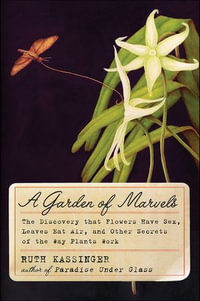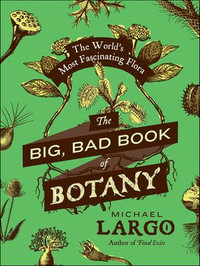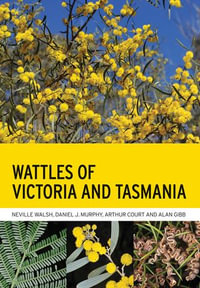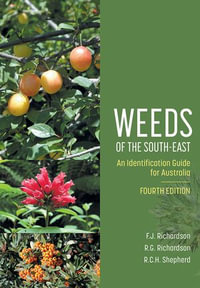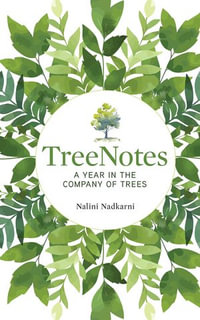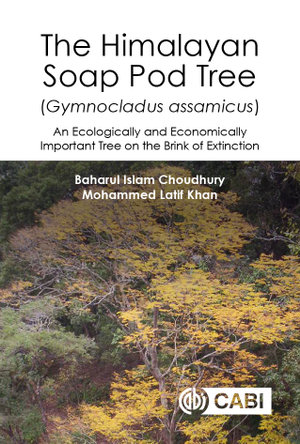
Himalayan Soap Pod Tree (Gymnocladus assamicus), The
An Ecologically and Economically Important Tree on the Brink of Extinction
By: Dr Baharul I Choudhury, Professor Mohammed Latif Khan
eBook | 17 October 2019
At a Glance
eBook
RRP $228.46
$182.99
20%OFF
or
Instant Digital Delivery to your Booktopia Reader App
Read on
Android
eReader
Desktop
IOS
Windows
ISBN: 9781786392008
ISBN-10: 1786392003
Published: 17th October 2019
Format: ePUB
Language: English
Audience: General Adult
Publisher: CABI
You Can Find This eBook In
Non-FictionEarth Sciences, Geography, Environment, PlanningThe EnvironmentApplied EcologyNature & The Natural WorldTrees, Mushrooms, Wildflowers & PlantsConservation of The EnvironmentConservation of Wildlife & HabitatsEndangered Species & Extinction of SpeciesScienceBiology, Life SciencesBotany & Plant Sciences
This product is categorised by
- Non-FictionEarth Sciences, Geography, Environment, PlanningThe EnvironmentApplied Ecology
- Non-FictionNature & The Natural WorldTrees, Mushrooms, Wildflowers & Plants
- Non-FictionEarth Sciences, Geography, Environment, PlanningThe EnvironmentConservation of The EnvironmentConservation of Wildlife & HabitatsEndangered Species & Extinction of Species
- Non-FictionScienceBiology, Life SciencesBotany & Plant SciencesPlant Ecology
- Non-FictionEngineering & TechnologyAgriculture & FarmingForestry & Silviculture Practice & Techniques
- Non-FictionEarth Sciences, Geography, Environment, PlanningGeographyPhysical Geography & TopographyForests
- Non-FictionScienceBiology, Life SciencesLife Sciences in GeneralEcological Science






